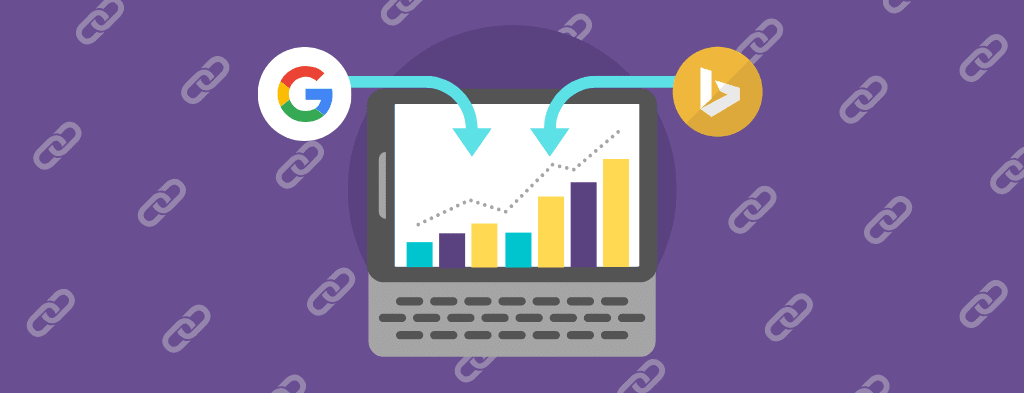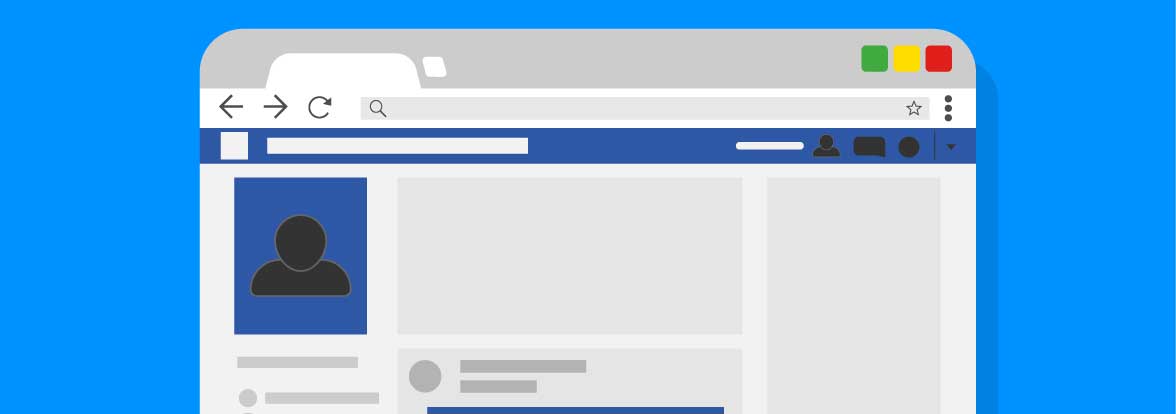What is a marketing technology (martech) stack?
A marketing technology stack are a collection of technologies that we, as marketers leverage to run and improve marketing activities.
Generally, the focus of marketing technologies, also known as martech is to make difficult processes easier like social media management, customer communications, integrations between platforms, and to ulrtimately measure the impact (effectiveness) of marketing activities, driving more efficient spending and imoproving performance.
Components of a marketing technology or MarTech stack
The type of business you have will also impact which technologies you might find important, and how they should be organized.
A key difference is whether the business sells its products or services to consumers (B2C) or to businesses (B2B).
B2C and B2B marketers will use different channels and techniques to acquire customers, and will have different technology needs.
When putting together a marketing technology stack, it’s important to know which technologies are foundational, and should be put in place first. Both B2C and B2B marketers should consider these technologies essential:
- Content management system (CMS) — technology that powers a website, blog, or other relevant web properties where marketers want to engage their customers.
- Examples: WordPress, Joomla, WagTail.
- Advertising technology — this space is vast, but advertising is a key customer acquisition technique for marketers. Most will use a combination of SEM (search engine marketing), display ads, retargeting, and ad tracking or attribution software.
- Examples include: Google Ads, Facebook Ads, Microsoft Ads, StackAdapt, & MediaMath.
- Marketing Automation Platforms – the new generation of Marketing Automation Platforms go far beyond email and can include SMS, Messengers (WhatsApp, Telegram, Facebook Messenger), Chatbots, Behavioural Automation and more.
- Email — a key customer communications channel that all marketers need in their toolkit. Sometimes, email is a capability that comes built into a marketing automation or inbound marketing platform.
- Transactional Email – a transactional email server is critical for important email deliverability. Transactional emails mean 1 to 1 from a business to an individual this includes invoices, receipts, reset password, registration and account information notifications. These are also typically enabled via plugin in the context of WordPress.
- Examples: Sendgrid, Mandrill by Mailchimp.
- Analytics – a critical and non-optional part of an effective MarTech stack are analytics. While Google Analytics is the most popular there are several other options available including Adobe, Matomo, and Clicky.
- Insights and analysis — at a broad level, marketers need to be able to access their data to measure digital marketing activity. Most marketers will have website analytics and their own business analytics tracked in either homegrown or third-party tools. In more advanced cases, a data warehouse can pull together data from a wide array of systems to make it more accessible or use content intelligence to provide insights on content performance.
- Experiential marketing – experiential marketing, also known as event marketing, is an important aspect of marketing for many companies. With the growing popularity of virtual events, conferences and webinars, it’s important to have the right experiential marketing tools to manage these events.
- Experience optimization — this includes A/B testing and personalization software, or programs that allow marketers to take action on their analytics to make their marketing campaigns more efficient. There are many other channels that might require different levels of investment, depending on whether your marketing strategy is more aligned with B2C or B2B, and your business strategy.
- Social media — technology to monitor social activity and make social engagement easier can help maximize the impact of these marketing channels. Social networks such as LinkedIn and Facebook are also a key part of the ads landscape, and many have paid advertising options available.
- Examples: Facebook, Instagram, LinkedIn, TikTok and Twitter.
- Digital asset management (DAM) — Similar to a content management system, in that it stores content, but typically focussed on keeping track of and authoring static assets like images, documents and video.
- Customer relationship management (CRM) — typically an area of focus for B2B marketers, a CRM can track marketing attribution when supporting a direct salesforce. The CRM will track all customer relationships and can provide insights on how marketing campaigns influence sales pipeline and customer growth.
- Examples include Pipedrive, ActiveCampaign CRM, Salesforce, & HighLevel.
- Search engine optimization (SEO) — SEO is often a key strategy for driving organic traffic to your website by ranking higher in search engines such as Google, and often pairs well with content marketing strategy. There are many tools available to help with keyword research and other SEO-related initiatives.
- Examples include AHREFS, SEMRush, and Screaming Frog SEO Spider.
It’s also important to know which skill sets and team members we’ll need to have in place to ensure that your marketing team gets maximum benefit from the technologies we have in place.
Back to the Marketing Glossary




Responses